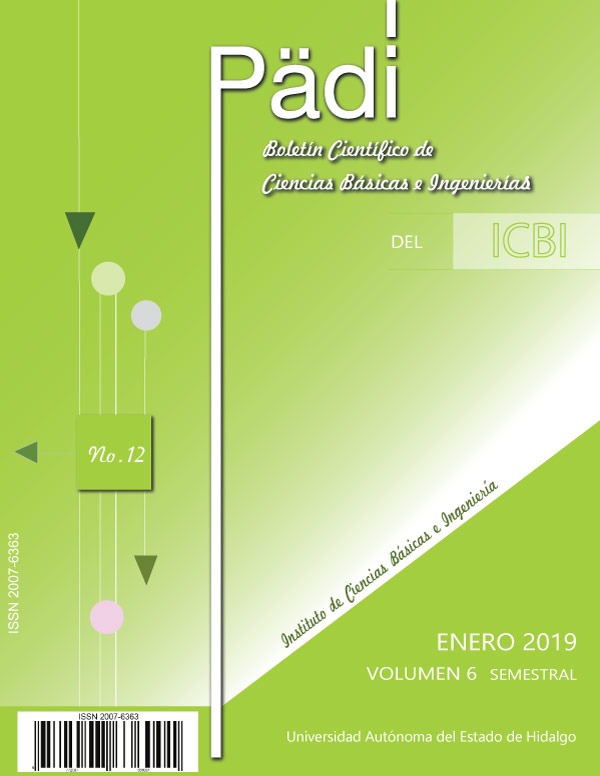Indicator of innovation and solar coverage
Abstract
This text recognizes the importance of sustainable urban indicators, as well as the broad and very extensive context, which over the years has had sustainable development, which along with climate change are the requesting and at the same time promoters of indicators that contribute to the improvement of the quality of life of the people who live in the cities. Energy is fundamental for the development of societies, the objective of sustainable development number seven is the official interest of the UN in this matter, the framework is the 2030 Agenda. Of the set of renewable energies, it is the solar option in conjunction with the solar panel technological addition, the option that has the greatest potential for implementation in the domestic sphere. Then, according to the described scenario, it has been the task to develop an exploratory indicator to know the coverage of solar energy in Mexican households, using as a first input households with electric energy by solar panel. We return to the proposed approach "energy efficiency from the context of 'good practices' and clean energy." Under the aforementioned approach we group the relative data, normalize it and weigh it. We do a national review for 2014 using data from INEGI. You get a ranking then, Durango and Sonora are the first on the list. Some reflections are provided regarding the exercise and the existing opportunity areas.
Downloads
References
Environmental Research & Education (2018). Sustainable Urban Systems: articulating a long-term convergence research agenda.
Gutiérrez Garza, Esthela (2012). El desarrollo sustentable: una gran convocatoria internacional. En Indicadores de sustentabilidad en el estado de Nuevo León. México. Siglo Veintiuno Editores. pp. 13-16.
Gutiérrez-Espeleta, Édgar E (2002), Capítulo II – Indicadores sociales: una breve interpretación de su estado de desarrollo, En Sojo, Carlos, Desarrollo Social en América Latina: temas y desafíos para las políticas públicas. FLACSO. pp. 105-149.
Home, Rollo (2014), IX Modelling resilience: The importance of geospatial data. En Cole, Jennifer (2014) Measuring the resilience of cities, the role of big data. Londres. Science & Technology. pp. 73-81.
INEGI (2000). Indicadores de desarrollo sustentable en México. México.
Lazarsfeld, Paul. (1973), Capítulo I – De los conceptos a los índices empíricos. En Boudon, Raymond y Lazarsfeld
Paul (1973), Metodología de las ciencias sociales, Volumen I. España. Editorial Laia. pp. 35-46.
López Pérez, Carlos Roberto (2008) Experiencia del INEGI en la elaboración de indicadores ambientales y de desarrollo sustentable, En López Blanco, J. y Rodríguez Gamiño, M., Desarrollo de indicadores ambientales y de sustentabilidad en México. México. UNAM Instituto de Geografía. pp. 27-55.
Mondragón Pérez, Angélica Rocío (2002). ¿Qué son los indicadores?, En Revista de información y análisis, No. 19.
ONU Hábitat (2016). Urbanización y desarrollo, futuros emergentes.
Roldán Viloria, José et al. (2012). Energías renovables, lo que hay que saber. España. Ediciones paraninfo.
Science for environment policy (2015). In-depth report: indicators for sustainable cities.
SENER (2017). Programa Especial de la Transición Energética 2017-2018.
SENER. PRODESEN 2016-2030.
DOF (03/06/2013). Estrategia Nacional de Cambio Climático.
Medina Josefa, Erwin (julio-diciembre 2017), Hogares mexicanos con panel solar, Revista legislativa de estudios sociales y de opinión pública, Vol. 10, Núm. 20, pp. 169-196













